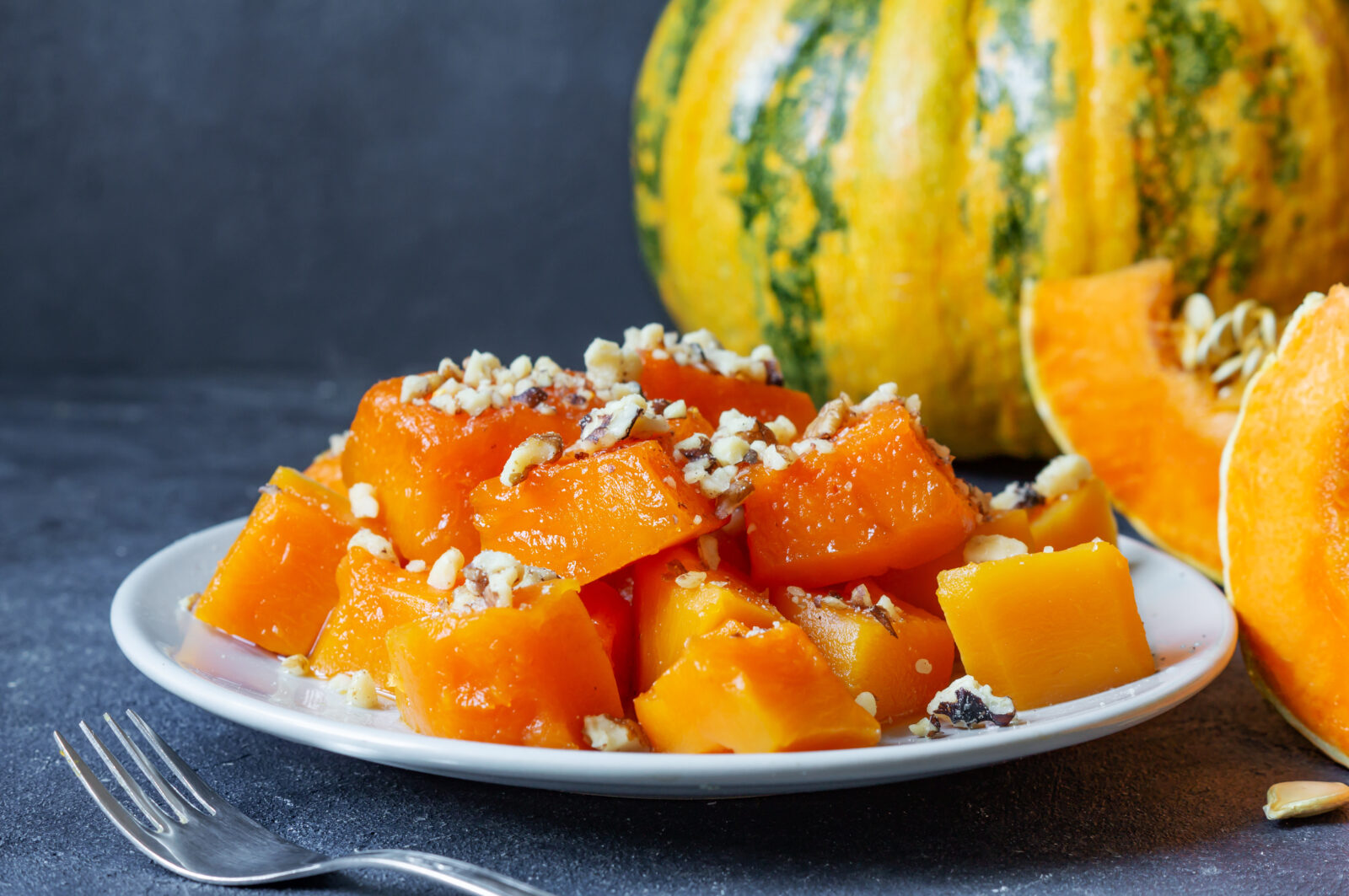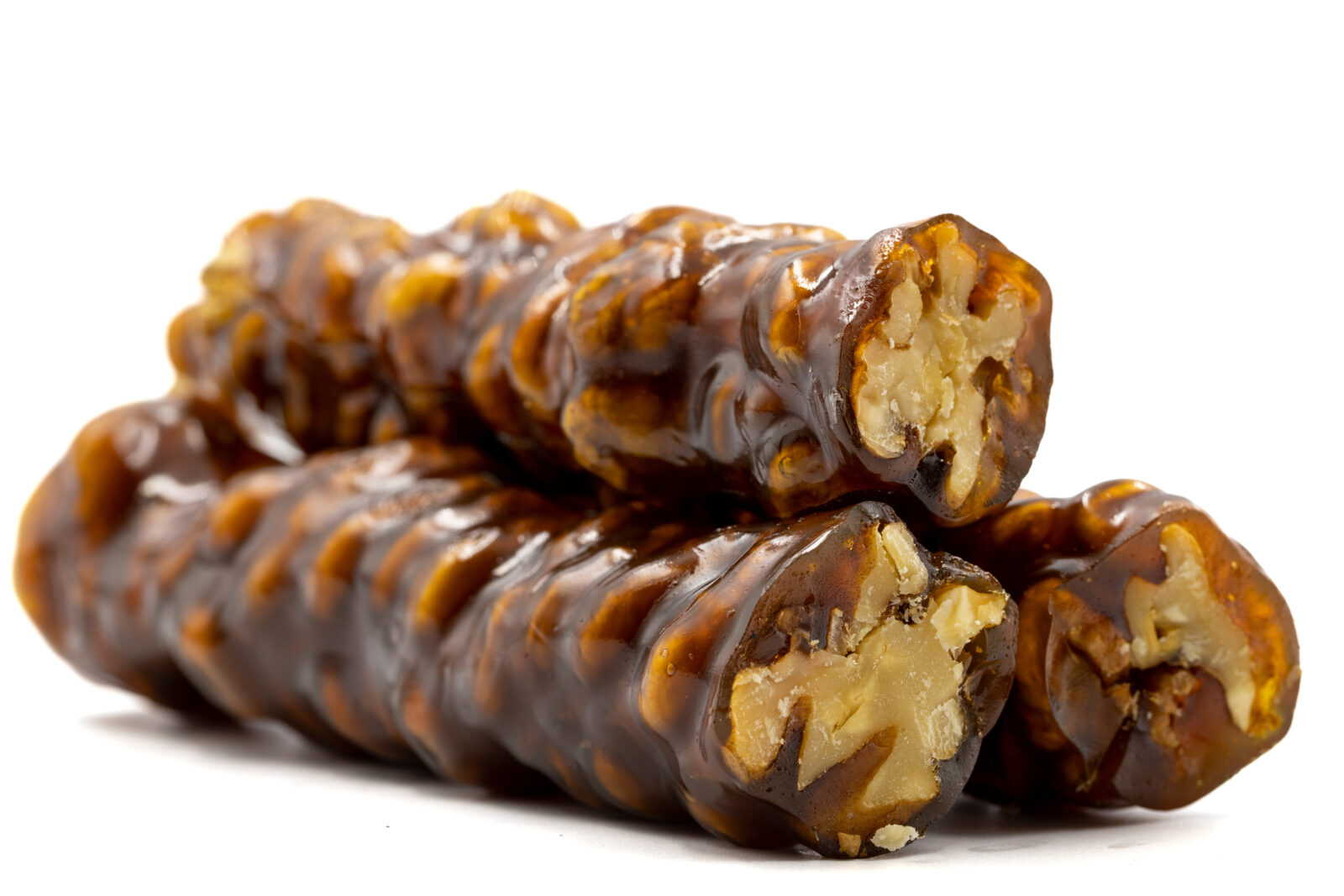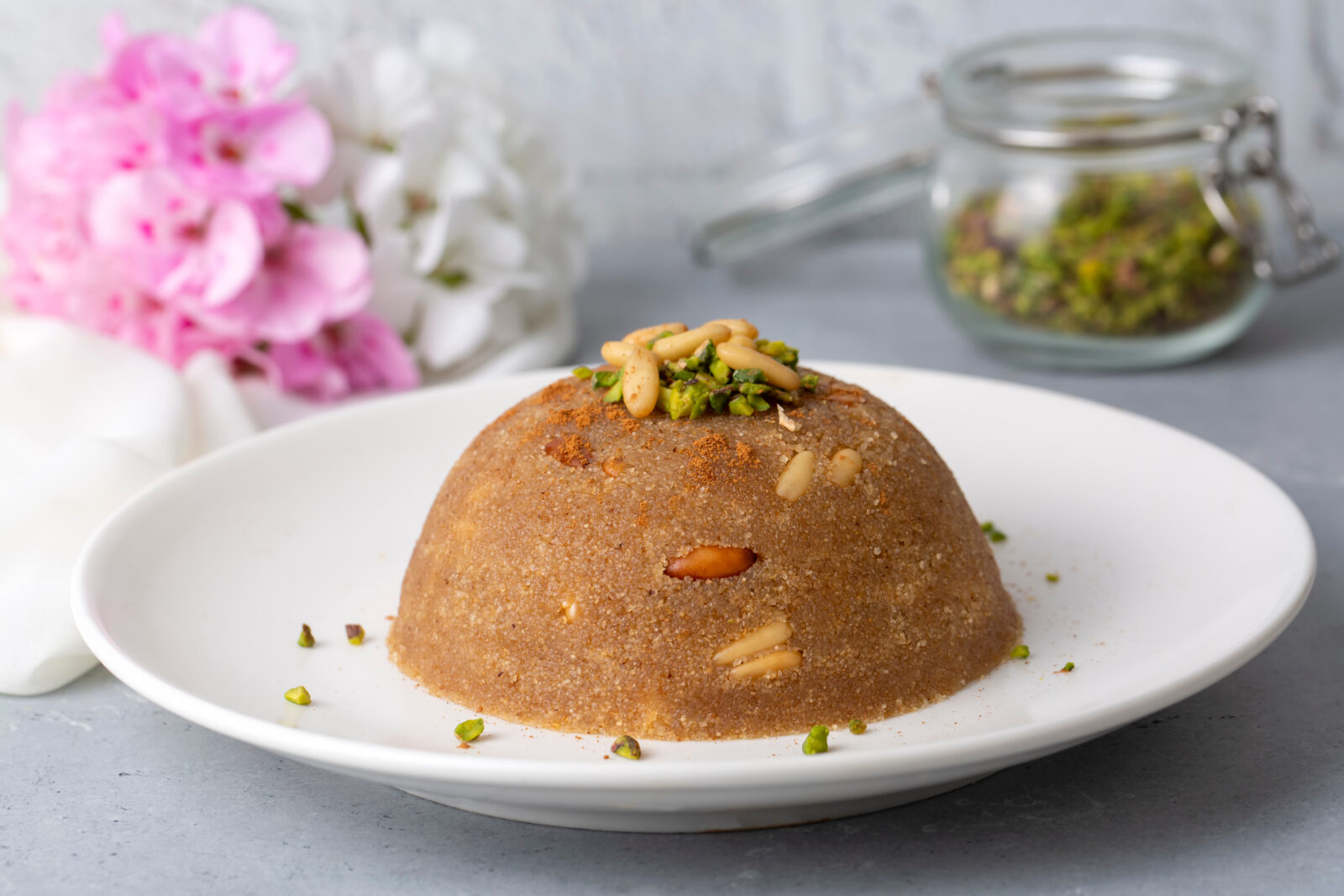
There's so much to love about Turkish cuisine, and one of its most underrated treasures is its diverse selection of delicious desserts - beyond the world-famous baklava and Turkish delight.
What often surprises visitors is how many traditional Turkish desserts are made with natural ingredients that not only satisfy your sweet tooth but also provide health benefits and energy boosts. From fruit-based treats to nutty delights and milk puddings, these historical sweets have been enjoyed for centuries.
So, let's dive into the history of these sweet temptations, their significance in Turkish culture, and their easy recipes for you to try at home.

Quince dessert (Ayva Tatlisi) has deep roots in Ottoman cuisine and is particularly associated with Bursa, the first capital of the Ottoman Empire. Bursa played a crucial role in shaping Ottoman palace cuisine, and this fruit-based delicacy became popular due to its natural sweetness. Traditionally, it is served with clotted cream (kaymak) and crushed walnuts.
Pumpkin dessert (Kabak Tatlisi) is another naturally sweetened treat that has been part of Turkish cuisine for centuries. It is particularly loved in the Aegean and Marmara regions, where pumpkin is abundant. It is commonly served with tahini and walnuts, which add nutritional value and enhance its flavor.
Ingredients:
Instructions:

Asure, also known as Noah's pudding, is one of the oldest known desserts in Anatolia. It is believed to have originated from the story of Noah's Ark, where a mixture of leftover grains, legumes, and dried fruits was cooked together to create a nourishing dish.
Asure holds a special place in Turkish culture, especially during the Islamic month of Muharram, when it is prepared and shared with neighbors as a symbol of unity and generosity.
Asure is not only a beloved traditional Turkish dessert but also holds cultural significance in many other countries, including Greece, Armenia, Iran, Lebanon, and the Balkans. Each culture has its own variation, often prepared with a mix of grains, legumes, and dried fruits, symbolizing abundance, prosperity, and unity.
Ingredients:
Instructions:

Nutty delight (Sucuk Lokum) has been part of Turkish confectionery for centuries. Unlike traditional Turkish delight (lokum), which is chewy and sugar-heavy, this variation consists of nuts strung together and dipped in thickened fruit molasses, making it a healthier, energy-boosting treat.
Carrot treat (Cezerye), originating from Mersin, gets its name from the Arabic word "jazari," meaning carrot. Made with caramelized grated carrots, sugar, and nuts, it is a popular snack rich in vitamins and fiber.
Ingredients:
Instructions:
Ingredients:
Instructions:

Semolina halva (Irmik Helvasi) is a classic Turkish dessert with Ottoman roots. It is commonly prepared for special occasions, religious holidays, and gatherings. The milk version adds a creamier texture, making it richer while maintaining its light and nutty flavor.
Semolina halva holds a significant place in Turkish culture, especially during times of mourning. Traditionally, it is prepared and served by bereaved families to friends and relatives following the passing of a loved one. This practice symbolizes the transience of life and offers comfort to those grieving.
Beyond its association with mourning, this traditional Turkish dessert is also enjoyed during religious festivals and significant life events, such as moving to a new home.
Ingredients:
Instructions:

Nevzine is a traditional Ottoman dessert known for its unique syrup made with both sugar and grape molasses, distinguishing it from other syrup-based Turkish sweets.
It originates from Kayseri, and Kayseri Nevzinesi was officially registered as a geographical indication by the Turkish Patent and Trademark Office on November 22, 2021.
Ingredients:
Instructions:
Turkish desserts go far beyond the sugary indulgence of baklava and Turkish delight. Many traditional Turkish desserts reflect a deep connection to history, culture, and even communal rituals, making them more than just a way to satisfy cravings.
From Asure, a dish shared among neighbors for centuries, to Irmik Helvasi, a dessert that brings comfort in times of grief, each recipe carries a story. Desserts like Nevzine remind Ottoman-era ingenuity, blending tahini and grape molasses in a way that has stood the test of time. Meanwhile, energy-packed treats like Cezerye and Sucuk Lokum have sustained people for generations, proving that desserts can be both nutritious and delicious.
What makes these desserts special isn't just their rich flavors - it's their ability to bring people together, mark important life moments, and offer a glimpse into Türkiye’s diverse culinary landscape.